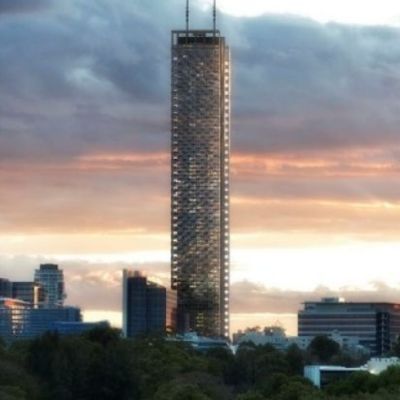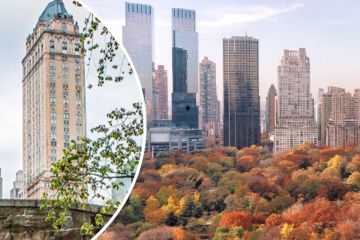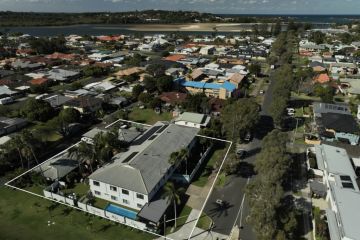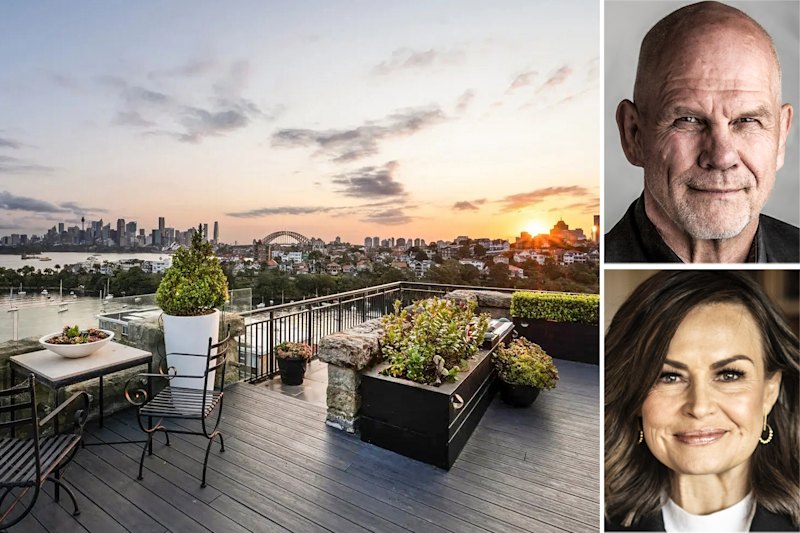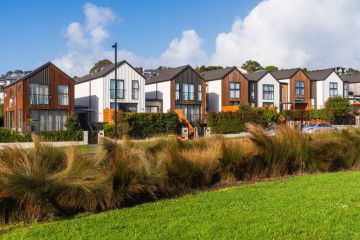Stop building apartments for investors and start building for future generations

The investor obsession with the our biggest cities’ property markets during the boom has spurred developers to build record numbers of apartments.
Development companies are businesses with a focus on maximising profits, which requires achieving enough pre-sales to ensure a project goes ahead. These pre-sales are usually to investors.
But the temptation for developers is to cram as many apartments into a project as possible, creating “investor stock” – properties best-suited to buyers who have no intention of living in them.
This results in significant compromises being made about the size and amenity of apartments, and the quality of the build itself. An investor looking for a quick buy will probably be less concerned about the quality of fixtures than the home buyer.
Increasingly, industry experts are voicing their concerns about ‘defects’ or shoddy building work – largely around waterproofing, leaky buildings and poor finishes – in developments.
I’ve seen these problems first hand in a Sydney apartment block. The two-year old complex looked like it had been around for a decade due to low-quality fixtures, cracks in the facade and rising damp in the basement carpark.
And the property manager of the apartment said it was not an isolated case.
In NSW, a building defect bond scheme will be in place from July 2017 to protect buyers, requiring developers to put aside 2 per cent of the contract price as a bond to fix any defective work. And there’s a push to increase building standards in Melbourne.
But it doesn’t fix the cause of the problem – a developer obsession with targeting the investor market.
The problem of building for investors goes deeper than defects. It’s a problem from stage one of planning a project and the vision for the end result.
Mark Bainey, chief executive of Capio Property Group, says investors look for the highest rental return, which goes hand-in-hand with smaller, cheaper apartments.
This could be the difference between a developer building a two-bedroom apartment at 70 square metres or 85 square metres.
Mr Bainey doesn’t agree with this approach, arguing it might mean the development will sell quickly, but it isn’t built with longevity in mind. Instead, he asks: “Would I be happy if my future children lived in what I’m building?”
This isn’t the norm.
Instead, developers typically run on traditional business smarts – you build a product to sell to the current group of buyers. Of course, there is no law against that.
But building a high-rise isn’t the same as building a car or a computer.
A high-rise built in 2017 will still be around in 2070 and is hard to demolish and rebuild. And, unlike most consumer goods, every other resident in the community has to look at it and live around it – meaning it’s the street-level where developers desperately need vision.
Creating usable outdoor space and bringing in appropriate retail and leisure outlets into the skyscrapers is a critical part of making our cities suitable for the next generations.

One Central Park’s design was so innovative it won numerous awards. But it needs to be the norm. Source: Supplied
In Sydney, PTW Architects’ One Central Park is a clear stand-out, bringing open space, retail and gathering areas together into a bustling inner city hub.
And in Melbourne, Hayball Architects’ Collingwood-located Yorkshire Brewery included open space, public art and a piazza.
Both these developments were so rare in their sensitive approach to public space, heritage and community, they easily snapped up multiple awards.
This type of innovation needs to become the norm and not the stand-out feature.

The Yorkshire Brewery in Collingwood includes public art and a piazza. Photo: Hayball
High-rises have the best chance of catering to the growing appetite for an urban lifestyle, seen from both Gen Y and older downsizers and, increasingly, families.
These might not be the buyers of today. But regardless of whether these residents are renters, future buyers or residents down the road, they deserve a quality home and neighbourhood.
It isn’t a legal necessity to consider future generations when building apartments. But at the very least, it is a moral requirement we should demand of developers.
This article is an adaptation of a talk presented at the Australian Smart Skyscrapers Summit 2017.
We recommend
We thought you might like
States
Capital Cities
Capital Cities - Rentals
Popular Areas
Allhomes
More

